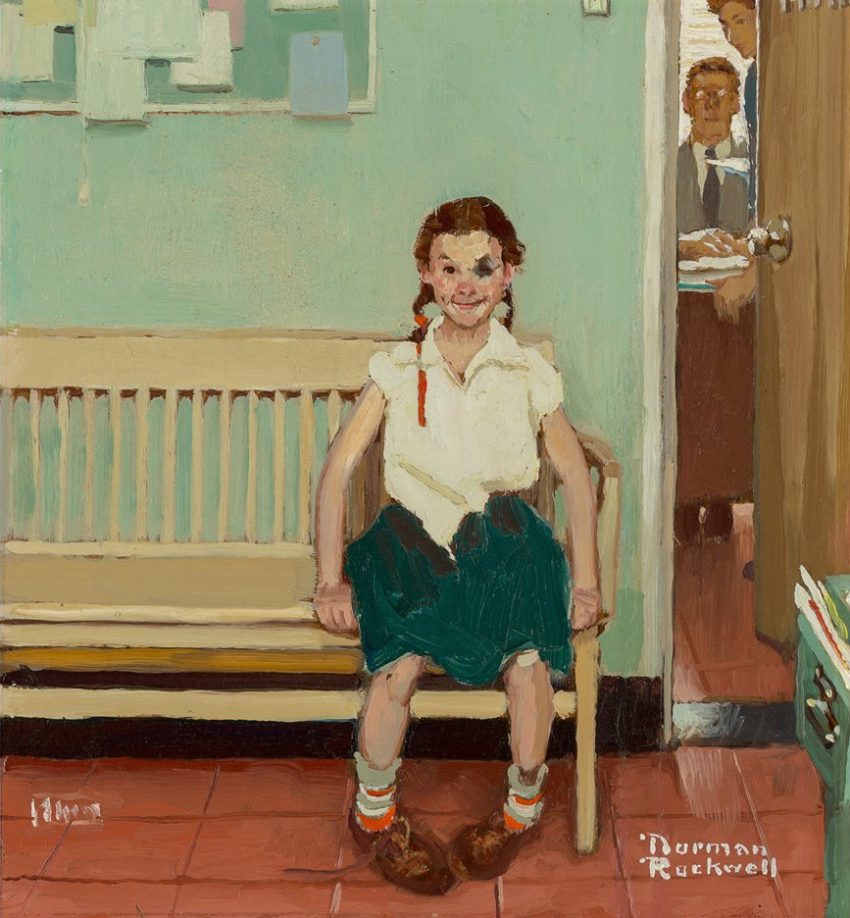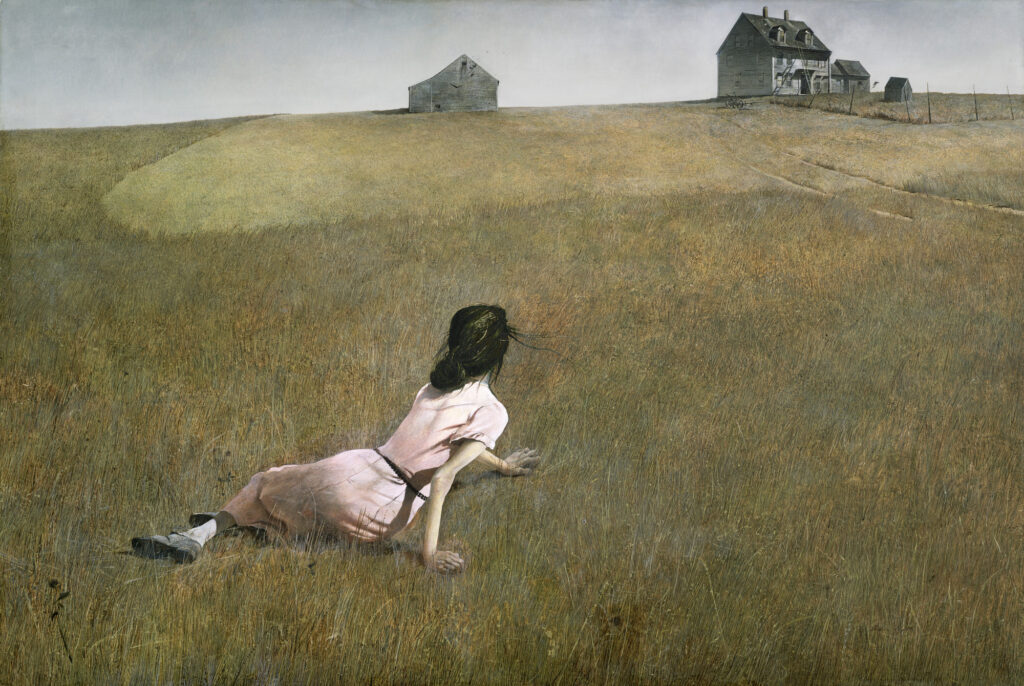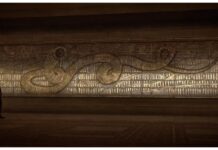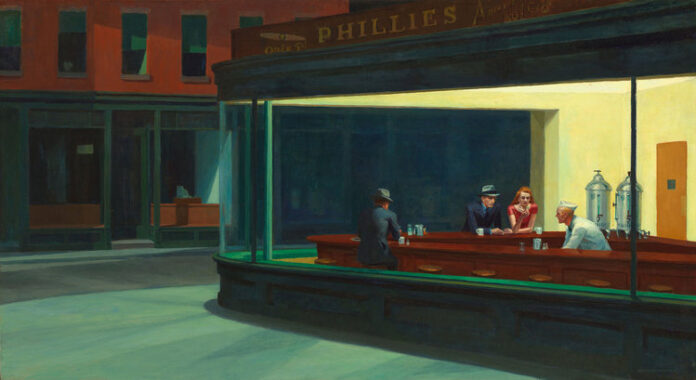American scene painting is a naturalistic style of painting and art. It was popular in the first half of the 20th century in the United States. The movement’s artists depicted scenes of typical American life and landscape in a naturalistic, descriptive style.
American scene art style is a general term for rural American regionalism and urban and politically oriented social realism. But the exact boundaries of this style remain unclear. After World War I, many U.S. artists rejected the modern trends stemming from the Armory Show. Instead, the artists chose to embrace academic realism in depicting urban and rural scenes. Much of American scene painting conveys the nationalism and romanticism of everyday American life.

American scene painting was seen as an attempt to define a uniquely American style of art. The term does not mean an organized movement, but rather an aspect of the broad trend of American artists to move away from abstraction and the avant-garde between the two world wars.
The three main exponents of regionalism were Benton, Curry, and Wood. All of these artists studied art in Paris but declared their goal to create an art form that was truly American. They insisted that the real solution to America’s many and growing problems of urban life, emerging from the Great Depression, was for the United States to return to its agrarian roots.
The regionalist argument received inadvertent support from so-called urban realists (social realists), who focused their attention on the city. The art produced by the artists of the American scene was controversial and cultivated. It relied on different cultures. The choice of subjects could indicate a desire for identity.

Social realism is a type of American realism that is more overtly political in nature. It is critical of society and is noted for his realistic depiction of social issues. This artistic movement felt its greatest influence in the first half of the twentieth century. The Mexican muralists Diego Rivera (1886–1957), José Clemente Orozco (1883–1949), and David Alfaro Siqueiros (1896–1974) strongly influenced many North American socialist and New Deal artists.
Works emphasizing local and provincial themes are often referred to as American regionalism, while works depicting urban scenes are often referred to as social realism. The regionalist style was at its height from 1930 to 1935, and the most famous artists were the so-called “regionalist triumvirates” of Grant Wood in Iowa, Thomas Hart Benton in Missouri, and John Stuart Currie in Kansas. During the Great Depression of the 1930s, Regionalist art was widely recognized for its hopeful depictions of the American heartland.
Regionalist imagery appeared in magazine advertisements, and influenced American children’s book illustrators such as Holling Clancy Holling. Norman Rockwell is the most popular and easily recognizable Regionalist. His work appeared in the magazine “The Saturday Evening Post” for over 40 years.
Throughout the 1930s and early 1950s, many American artists sought an indigenous style of realism that would embody the values of ordinary people in the everyday working world. This search for a national style of art grew out of a wariness of European abstraction and a post-World War I trend towards isolationism.

























